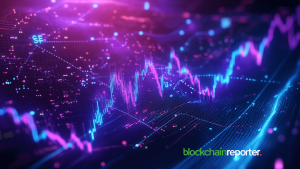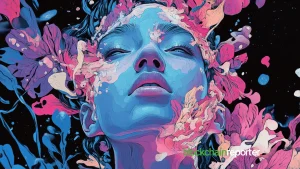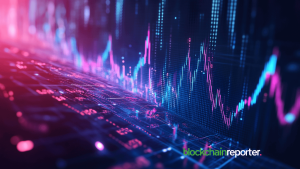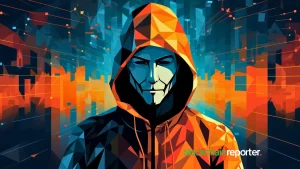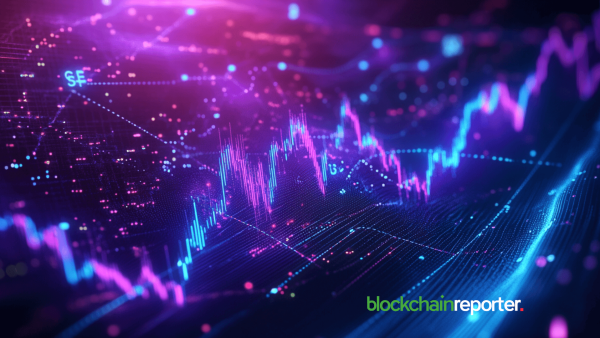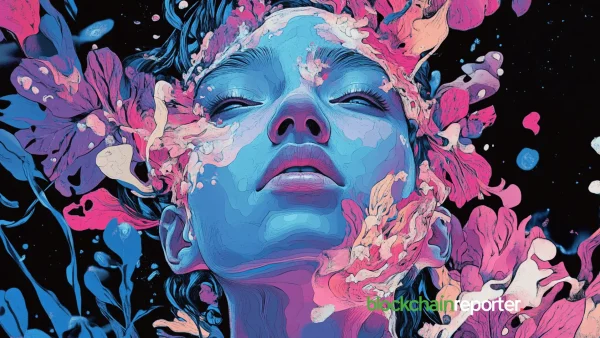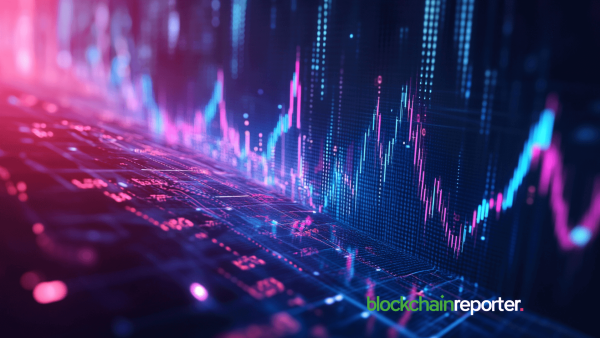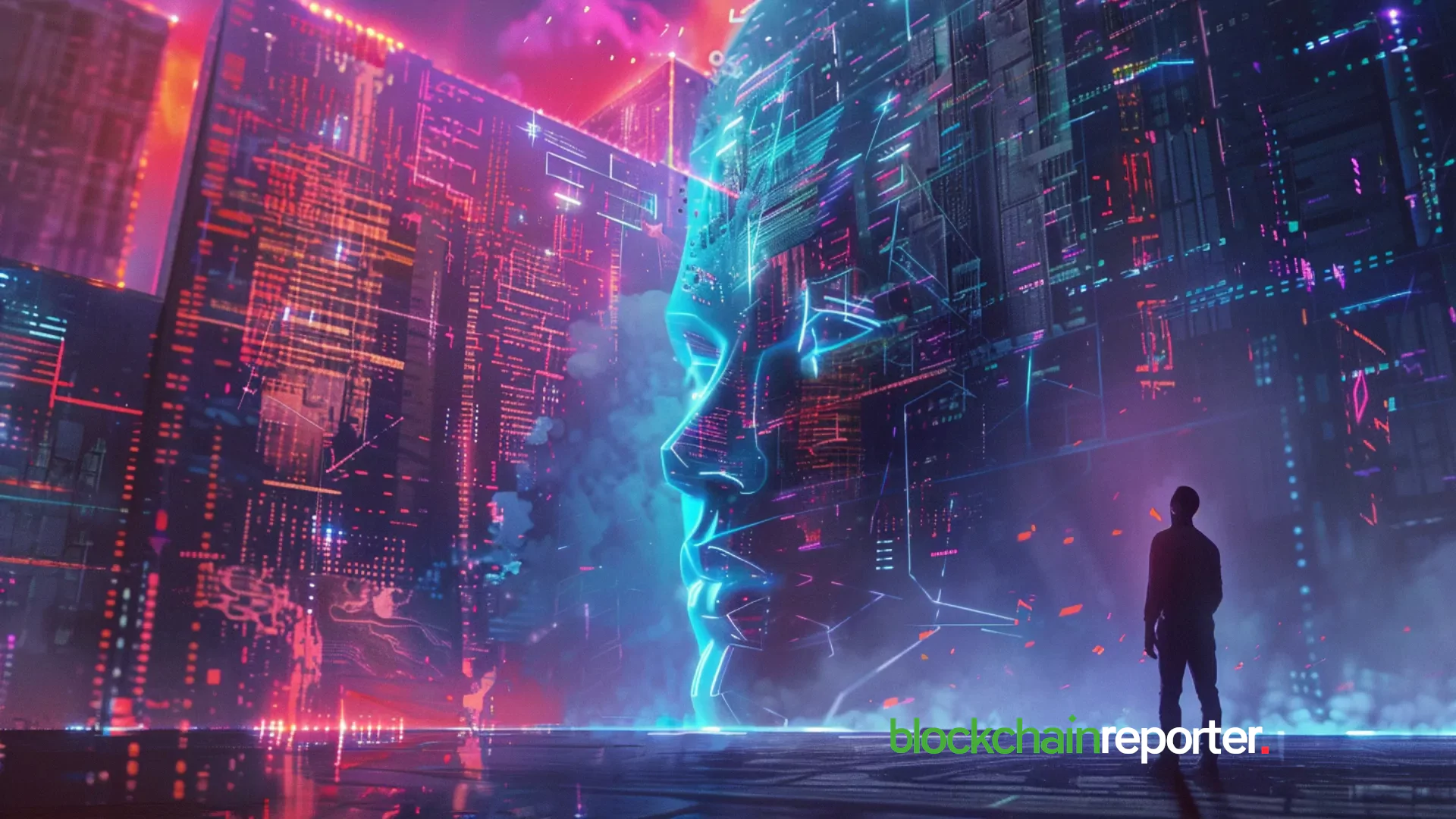
Currently, non-fungible token (NFT) is one of the most powerful technology which has significantly impacted the blockchain and crypto space
The world saw non-fungible tokens (NFTs) rise to fame in early 2021 when the renowned digital artist Beeple sold his NFT collection titled ‘EVERYDAY’ for a whopping $69 Million. Ever since, it’s a craze that will not fade away anytime soon. Currently, it’s the most powerful technology which has significantly impacted the blockchain and crypto space.
Although netizens have a lot of criticism about the future of this new technology, one cannot deny the importance of NFTs in the cryptocurrency market or the shift that we are now witnessing from the ownership of physical goods and art to digital art and assets. As developers are advancing in the applications of non-fungible tokens, their popularity does not seem to slow down in the near future. You may get an idea of what the future holds by following the hottest trends in 2022.
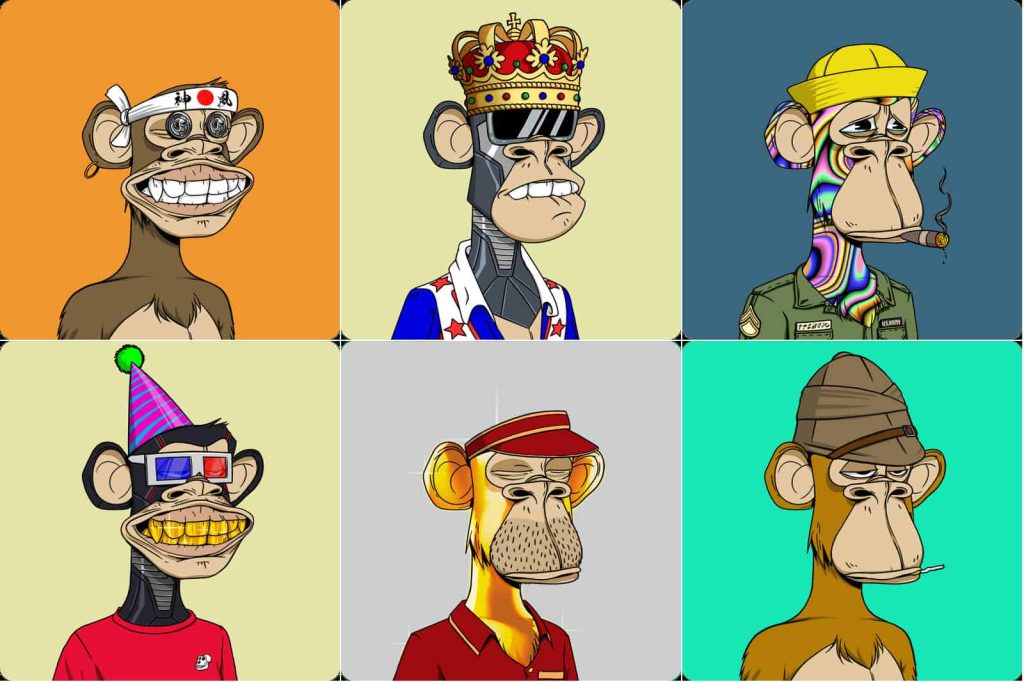
So is The Renaissance of Digital Art ?
Since the introduction of digital art in the 1960s, digital artists have struggled to sell their artworks online. However, this new art form is presently booming; this modern phenomenon has completely transformed the art industry. Since the introduction of the “Cryptopunks” NFT collection in 2017 on the Ethereum blockchain, digital art as assets in the form of NFTs has gained a lot of attention.
There were various NFTs collections, each claimed by a different individual. The Cryptopunks disrupted online art markets’ dynamics, enabling a new generation of artists and designers to earn. It spawned a multi-billion-dollar industry that benefits these artists. NFTs have allowed these digital artists to reach a broader and more diverse audience.
As of 2022, digital artists will make twice as much as they did in the early days of digital art. According to Basel, by 2022, digital art sales will have increased from 9 percent to 25 percent as a result of this significant shift. According to a Vancouver-based artist, with the help of non-fungible tokens, artists can now become more independent in producing art. They can make a good living from it. Due to these events, many digital artists have turned to non-fungible tokens as a way into the crypto ecosystem.
NFTs’ impact on the economy and society is facilitated by various platforms. Web3 technologies like NFTs minting and the Ethereum naming service have been made available to artists all around the globe. Today, the art renaissance is not in Europe but globally; these platforms serve as a bridge between traditional art and digital art.
Final Thoughts
Many artists and innovators believe that this new shift to digital art through NFTs offers significant potential for artists to gain tremendously from the future. However, this may not be the case for all artists; other producers and artists feel that this is just a passing trend that will go away. The creative business has transformed, regardless of one’s stance on the future of NFT technology. Many individuals will be able to invest in non-fungible tokens, and artists will be able to profit from their work as a result.
Frequently Asked Questions
What are NFTs and why are they important?
NFTs, or non-fungible tokens, are unique digital assets stored on a blockchain that represent ownership of digital or physical items like art, music, videos, and more. They cannot be exchanged on a one-to-one basis like cryptocurrencies, making them ideal for proving originality and ownership in the digital space.
How did NFTs gain mainstream attention?
NFTs exploded into the mainstream in early 2021 when digital artist Beeple sold his NFT artwork “EVERYDAY” for $69 million. Since then, NFTs have become a global phenomenon, transforming how people buy, sell, and value digital content and collectibles.
How are NFTs changing the art world?
NFTs have revolutionized digital art by giving artists a way to monetize their work directly and prove ownership through blockchain technology. Collections like CryptoPunks have paved the way for a new wave of digital artists, enabling them to reach global audiences and generate significant income without relying on traditional galleries or auction houses.
Are NFTs here to stay or just a passing trend?
While some critics see NFTs as a temporary craze, many in the creative and tech industries believe they represent a long-term shift in how art and ownership are perceived. The growing adoption of NFTs and Web3 platforms suggests a sustained transformation in how creators and consumers interact with digital assets.
How can artists and collectors benefit from NFTs?
NFTs provide artists with direct control over their work, better revenue opportunities, and exposure to global audiences. Collectors benefit from verifiable ownership, resale potential, and access to a rapidly expanding digital economy. Platforms that support NFT minting and sales continue to grow, bridging the gap between traditional and digital art worlds.

